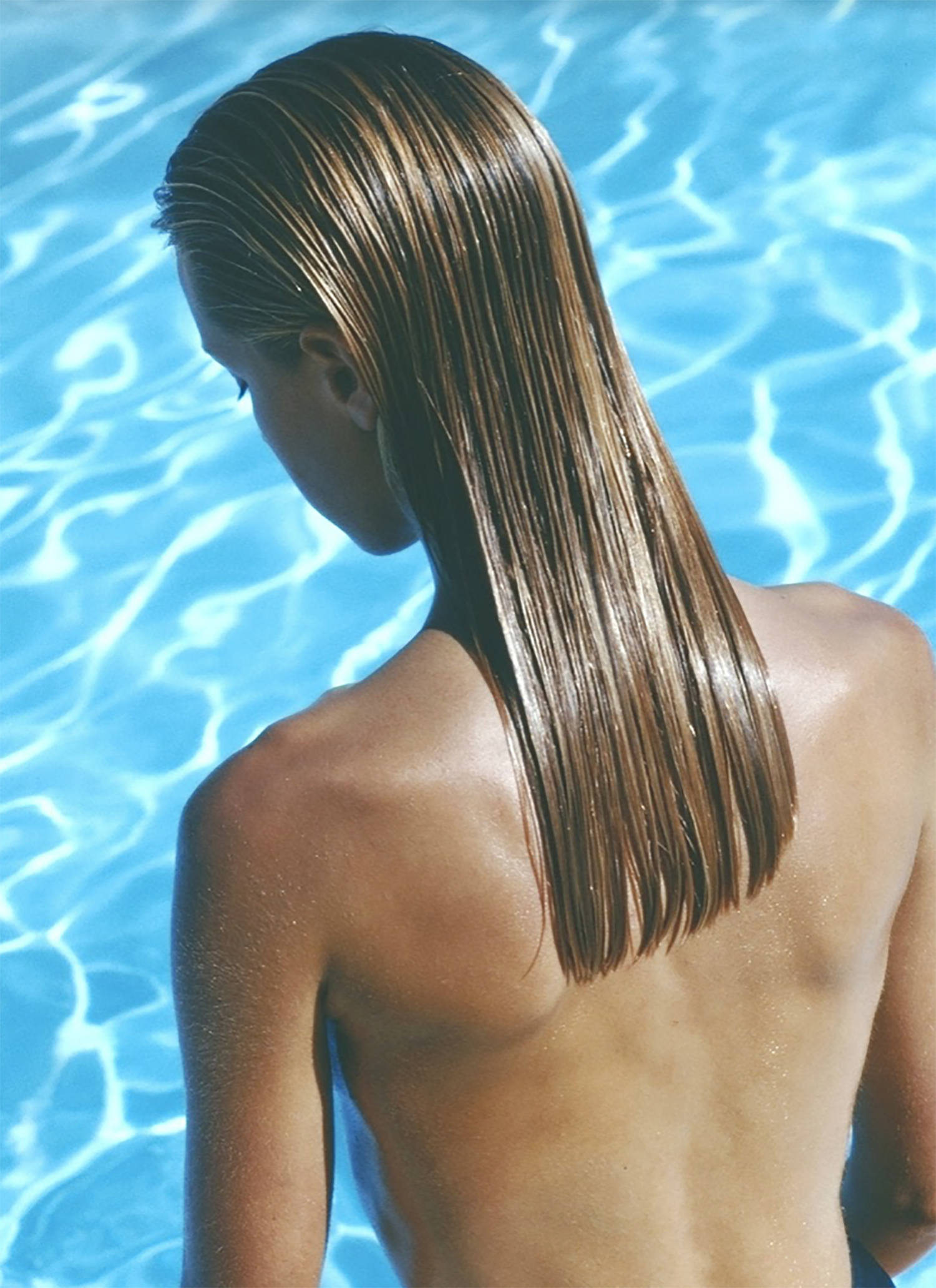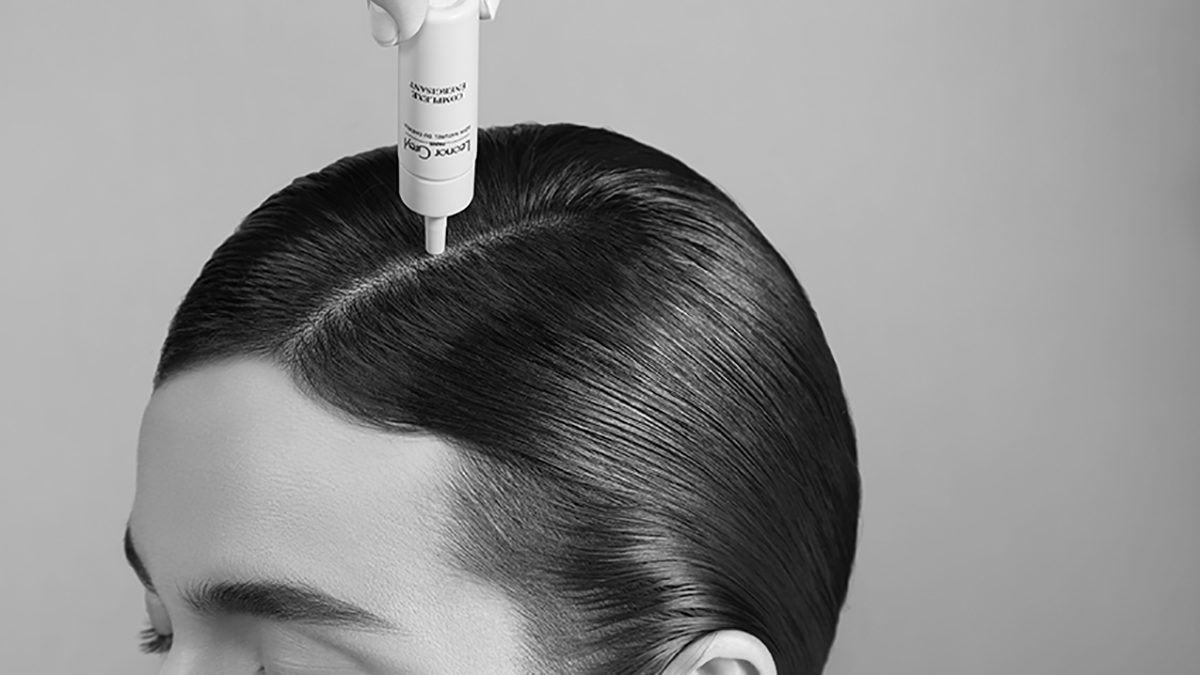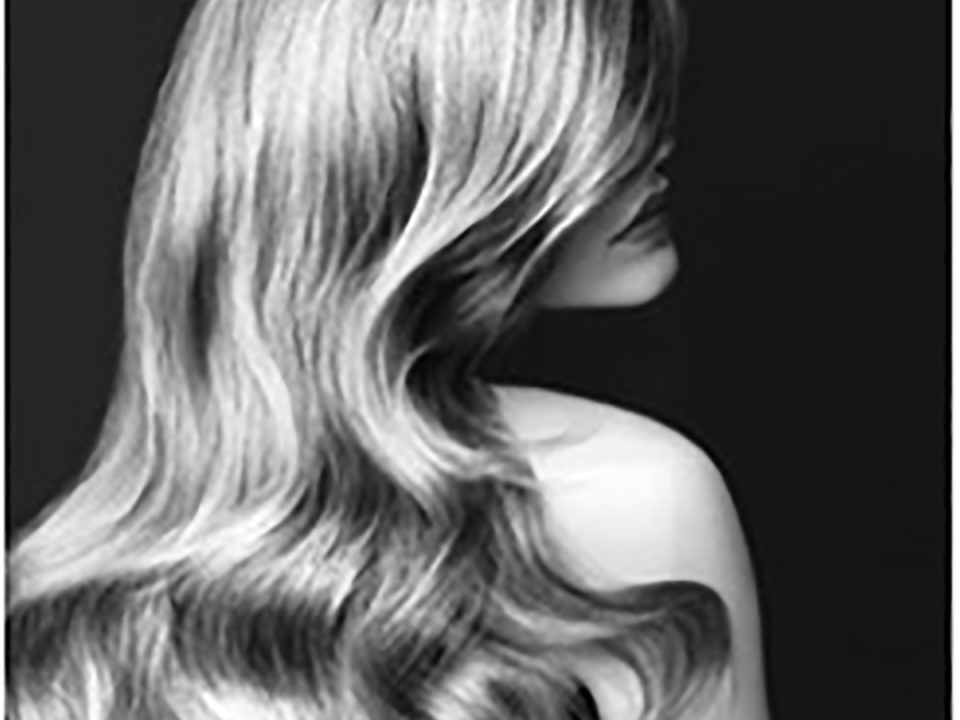
STYLING AND PROTECTION FROM THE SUN: PROTECT YOUR COLOR FROM THE SUN
21 October 2020The hair is a powerful means of expression of our personality:
it conveys charm, sensuality or fantasy, while men often
consider it as a weapon of seduction or a
testimony of their style. Seeing your hair fall is therefore
a real source of anxiety, a process that Leonor Greyl
suggests you analyze to effectively treat hair loss.
Understanding the hair growth cycle
Hair health depends on complex processes. Like all cells in our body,
the hair is alive and follows a natural growth cycle, the hair cycle,
divided into three phases:
The anagen phase is the growth phase of the hair. It’s the longest part of
the hair cycle since it lasts two to six years. The vast majority of the hair
present on our head is therefore in the anagen phase.
The catagen phase is a rest phase during which the hair stops evolving.
It lasts about three weeks.
The telogen phase, finally, will lead after more or less three months to the death
and expulsion of the hair to make room for a new hair in the anagen phase.
The hair cycle therefore causes permanent and more or less significant hair loss
at the change of season, which there is no cause for concern as long as the amount
of hair in the telogen phase remains restricted (fifty to one hundred hairs per day).
The number of hair cycles is limited: our hair will only experience twenty-five to thirty
cycles lasting between two and five years, theoretically ensuring us enough cycles
to keep beautiful hair throughout our lives.
Unfortunately, for various reasons, the duration of these cycles can decrease considerably.
The hair then begins to become thinner and then to fall out. In recent years, diffuse hair loss
has been increasing sharply and affects between 20 and 40% of women.
It is characterized by thin, sparse hair all over the scalp, often due to external factors
such as stress, fatigue, nutritional deficiency or hormonal imbalance.
What to do in these cases?
Fall must never be considered as irreversible: if there is no quick fix that can eliminate
all the causes that can cause a fall, there are many ways to normalize it today.
The first reflex is to define the origin of the fall. Do not hesitate to call on a knowledgeable
and serious specialist,
who will examine the different factors that cause the fall and give the appropriate advice.
In some cases, the solution can only be provided by the medical profession
(internal, nervous problems, deficiencies in the body, etc.).
Secondly, it is important to maintain excellent hair hygiene. An excess of sebum, dust or
pollution prevent oxygenation of the scalp and disrupt the functions of the hair follicles,
leading to anemia and loss of vitality of the hair.
Opt for a mild shampoo suited to the nature of your scalp and make sure your scalp is always
clean.
Then adopt simple and effective gestures to stimulate blood circulation. A poorly irrigated
scalp devitalizes and does not properly perform its functions in the hair bulbs.
Massage the scalp for 1 minute upside down to soften it and circulate the blood.
Which products to use?
Finally, never neglect external care to revitalize the scalp by providing it with the necessary
energy resources.
A real pre-shampoo booster, Régénérescence Naturelle cleanses, stimulates
and regenerates the scalp tissue;
used once a week instead of shampoo, a poultice based on Huile Germe de Blé
and Concentré Energétique revitalizes and normalizes deficient scalps;
full of amino acids and strengthening micronutrients, the ampoules of
Complexe Energisant offer a prolonged action throughout the day;
Tonique Vivifiant, less concentrated, is the practical solution to combat hair loss
and bring vitality to everyday life.
Passing through Paris do not hesitate to make an appointment at the Leonor Greyl
Institut to benefit from a thorough hair examination and a tailor-made vitalizing treatment!
(link to Institute section)
Also read:
Key gestures to strengthen hair
Beautiful hair after pregnancy




